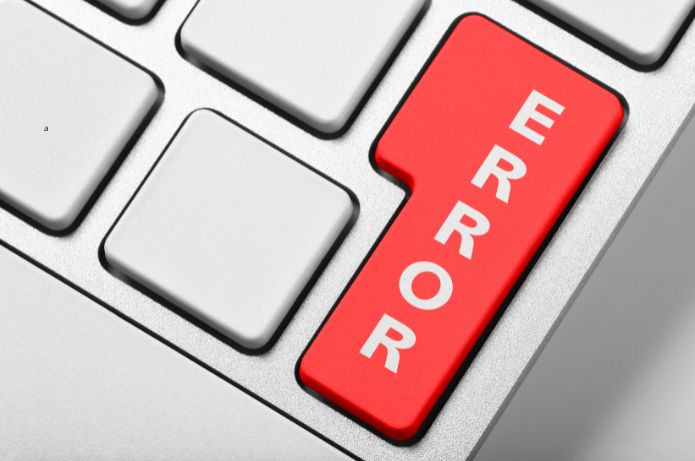Lack of control over finances is one of the main causes of small business closures in Brazil. According to a survey by Sebrae, 48% of micro and small businesses close their doors due to problems related to lack of financial planning and lack of cash control. Despite this, many entrepreneurs still underestimate cash flow, a tool that prevents crises and paves the way for safe business expansion.
For Matheus Beirão, founding entrepreneur of Daily BurnAccording to the author of The Cash Flow, a platform with exercise programs to do at home, the view of cash flow needs to go beyond recording daily inflows and outflows. According to him, this control serves as a radar to identify periods of low sales and anticipate moments of high sales, allowing for safer decisions.
"Many entrepreneurs only look at the cash flow when there is a shortage of money, but the secret is to constantly monitor and plan based on this data. That's how we've managed to grow, investing at the right time and with more security," he says.
Why cash flow is decisive
Keeping track of sales on a daily basis allows business owners to notice changes in customer behavior and adjust their strategies. For example, a restaurant might notice that sales fall at the beginning of the month and plan specific promotions for the period.
This control also helps to deal with fixed and predictable expenses, such as rent and payroll, and to prepare for extra expenses. Knowing that the company will have to pay the 13th salary at the end of the year allows you to set aside funds in advance.
Matheus Beirão points out that understanding business cycles prevents hasty decisions. According to him, relying solely on intuition, without concrete data, causes many entrepreneurs to take on debt or reduce staff in times of temporary downturn. "The cash flow shows that the bad times may only be temporary. I've thought about cutting costs, but when I looked at the figures, I realized that it was better to hold off, because the movement would improve in the following weeks," he explains.
Anticipate and take advantage of seasonality
Another important aspect of cash flow is predicting seasonality. Clothes stores, for example, tend to be busiest when changing collections, while stationery stores see peak sales in January, when it's back to school time.
Companies that monitor these variations are able to prepare stocks and teams according to demand. The same goes for those who provide services, such as beauty salons, which need to structure themselves better around commemorative dates.
Beirão comments that understanding these fluctuations allowed him to optimize investments in his companies. "When we realized that certain months had more demand for our products, we started to invest more in advertising during those periods, and the results doubled. This reading of the cash flow was essential," he says.
Strategies to expand without stifling cash flow
Planning expansions using cash flow also reduces risks. Small renovations or equipment purchases can jeopardize finances if they are not planned. The ideal solution is to split expenses so that the installments fit into the expected turnover.
Another tip is to reinvest part of the profits gradually. A coffee shop that wants to open a second unit, for example, can start by increasing the capacity of the current store and assessing the financial impact before taking a bigger step.
For Matheus Beirão, it was this care that ensured that Queima Diária grew steadily. "The desire to expand is great, but if the cash flow doesn't support growth, the dream becomes a nightmare. I've always analyzed whether there's financial slack before taking each step. That way, we can grow without suffocating our operations," he concludes.


